#byronic hero
Text
The many uses of a Byronic Hero
chair ( Jane & Edward - Jane Eyre)
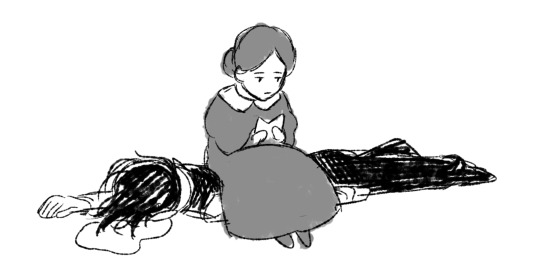
Pillow ( Christine & Erik - Phantom of the Opera)
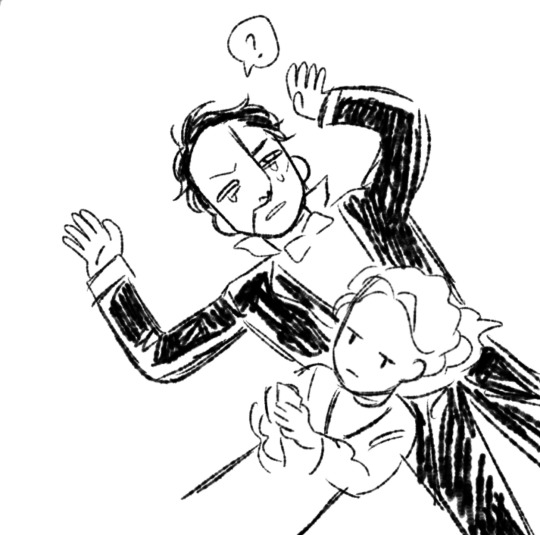
Car ( Catherine & Heathcliff - Wuthering Heights)

Water dispenser ( Edith & Thomas - Crimson Peak)

#jane eyre#mr rochester#edward rochester#charlotte bronte#classic litterature#gothic romance#crimson peak#gothic fiction#victorian gothic#wuthering heights#heathcliff wuthering heights#Phantom of the opera#Thomas Sharpe#edith cushing#erik the phantom#erik destler#byronic hero
2K notes
·
View notes
Text
R.I.P lord byron, if you were alive today your DMs would've been fucking insane








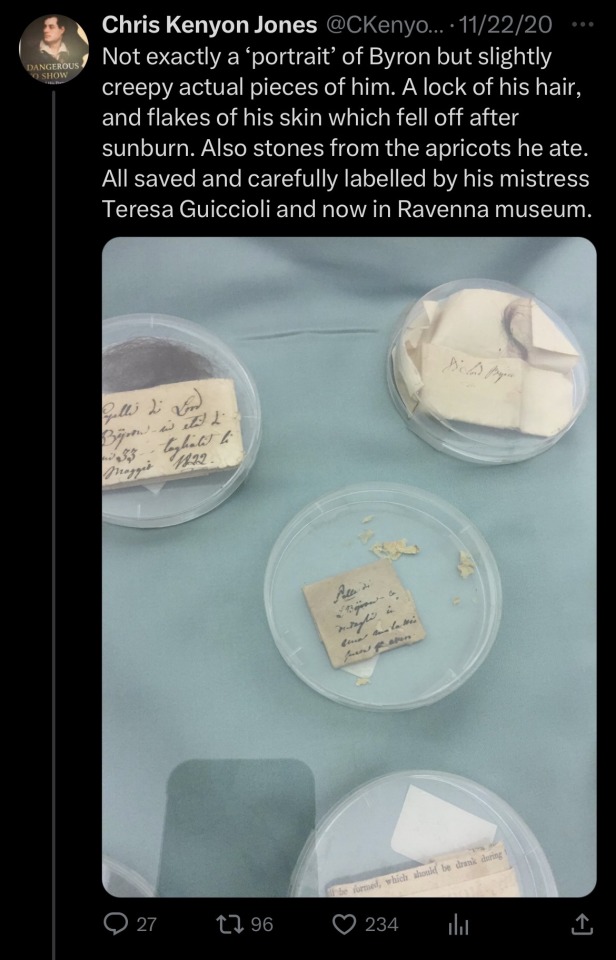

Sources/Notes: Shelley & his Circle vol. 7 (my photos), Flirting with fame: Byron's anonymous female fans by Corin Throsby, Fangirl(s): Lord Byron edition by Cailey Hall, Lord Byron and Scandalous Celebrity by Clara Tuite, long lock of hair is probably the one mentioned in Byron's Romantic Adventures in Spain by Richard Cardwell, Clairmont Correspondence by Marion Stocking.
#lord byron#literature#fan letters#dms#its a good thing he didn't live to see social media#byron#english literature#romanticism#poetry#aesthetic#dark academia#funny#letters#fan studies#byronic hero#romance#romantic poets#the romantic era#romantic poetry
245 notes
·
View notes
Note
Is Darcy byronic?
No.
Here is a nice definition from Wikipedia: Historian and critic Lord Macaulay described the character as "a man proud, moody, cynical, with defiance on his brow, and misery in his heart, a scorner of his kind, implacable in revenge, yet capable of deep and strong affection
I don't think Darcy is a Byronic hero, if anything he's a subversion of Byronic. While he is proud, cynical, and capable of strong affection, he turns out not to be vengeful. Darcy's implacable resentment towards Wickham is built on a firm foundation and he hasn't acted on it! I think Byronic!Darcy would have hunted Wickham down and killed him. (Willoughby is also totally a fake Byronic hero, his "deep and strong affection" is false). I also don't think Darcy has misery in his heart most of the time.
Classic examples of Byronic heroes are Heathcliff from Wuthering Heights and Edward Rochester from Jane Eyre. A modern example would be Christopher Nolan's Batman.
But I'm no expert on Byronic heroes and I happen to know that a huge Byron fan recently read Pride & Prejudice, if they have time to address this (@burningvelvet)
131 notes
·
View notes
Text
C. E. and A. are Charlotte, Emily, and Anne, obviously.
Obviously, Anne is the Brontë who most clearly deconstructs the "bad boy" Romantic hero with her negative portrayal of Arthur Huntingdon in The Tenant of Wildfell Hall. But what about her sisters with Rochester in Jane Eyre and Heathcliff in Wuthering Heights?
I was just reading @burningvelvet's in-depth analysis of the Byronic hero archetype in literature, which @bethanydelleman reblogged. When discussing the Brontës, they concluded that Emily plays the archetype fully straight in Heathcliff, since Heathcliff never changes or redeems himself, while Charlotte partly deconstructs it by playing it straight in Rochester at first but then punishing and redeeming Rochester so that he's no longer Byronic in the end. That's definitely a valid interpretation.
Yet I've also read the argument that Charlotte plays the "romantic bad boy" archetype the straightest, because she makes (or tries to make) Rochester a sympathetic character whom Jane never stops loving and who can redeem himself and become her ideal husband. From this viewpoint, Emily was the one who partly deconstructed the archetype by portraying Heathcliff as an explicitly bad man and an abuser, whose only possible romance is with is the similarly sublime and monstrous Cathy, and whom no ordinary girl like Isabella could ever hope to change. Although her deconstruction doesn't go as far as Anne's (so this argument goes), because she still creates sympathy for him and portrays his passion for Cathy as romantic.
Then of course there's the pop culture idea that both Rochester and Heathcliff are completely straight examples of romanticized Byronic bad boys, while only Anne was "the sensible one" who deconstructed the archetype. As seen in that popular yet (IMHO) slightly unfair Kate Beaton comic that shows both Charlotte and Emily swooning over dark, brooding men to Anne's disconcertion.
Of course the last option is that all three sisters deconstructed the Byronic hero archetype in different ways: Anne by dismissing him altogether, Emily by making him a compelling and tragic villain but still a villain, and Charlotte by punishing and redeeming him.
Which way of reading their work rings the truest to all of you?
#poll#the bronte sisters#charlotte bronte#emily bronte#anne bronte#jane eyre#wuthering heights#the tenant of wildfell hall#byronic hero
77 notes
·
View notes
Text
(The Great) Ace Attorney - Barok? More like Byronic.

So it has been confirmed (to the surprise of no one, I’m sure) that Barok is a Byronic Hero. Now all he needs is a pure-hearted heroine/love interest to comple–





(source; Barok’s folder)
*also remembering Ryunosuke’s concern for Barok’s well-being despite the latter’s racist attitude and desire to know more about him in Case 2-3*

Oh God, Ryunosuke IS the heroine/love interest!
(I mean, it makes sense. He’s in Great Britain, the birthplace of the most iconic pieces of Gothic (romantic) fiction. And Barok had been designed with vampires, werewolves and fallen angels in mind.)
*urgently running toward Ryunosuke*
Ryunosuke, stop! You’re falling for his Byronic (vampiric) charms and turning into the love interest of a Gothic romance novel!
#ace attorney#gyakuten saiban#the great ace attorney#dai gyakuten saiban#barok van zieks#ryunosuke naruhodo#baroryuu#byronic hero#mine
106 notes
·
View notes
Text

double standards smh 😔
(id under cut)
[id a heavily edited version of the "hello,human resources?" meme. the original comic showz a young woman sitting in her office cubicle while an attractive man leans around the corner and says "looking good susan" to which the woman replies "aww you're sweet" with hands clasped and a small heart floating nearby. the second panel shows a similar situation but this time it's a fat man with acne saying "looking good susan" to which she replies by picking up her phone and saying "hello human resources?" with a distressed look on her face. the comic has been edited so a picture of ramin karimloo as the phantom of the opera is pasted over the attractive man in the first panel with a speech bubble near his head that reads "i'm a sewer dwelling byronic hero who's disfigurement has left him ostracized by society". in the second panel a picture of danny devito's penguin from batman returns has been edited over the fat man with a speech bubble near his head that reads "i'm a sewer dwelling byronic hero who's disfigurement has left him ostracized by society" end id]
#batman returns#oswald cobblepot#the penguin#penguin dc#dc comics#danny devito#the phantom of the opera#poto#erik poto#ramin karimloo#goth#gothic#byronic hero#meme#swift-tricker's posts
46 notes
·
View notes
Text
*gazes stonily into the middle distance*
55 notes
·
View notes
Text
Watching the coachella performance. Yeosang, Yunho and Seonghwa look like they could be the byronic lead main character in a gothic novel. I lowkey need a gothic inspired tv show with them playing brothers it would look so good.
#ateez coachella#ateez yunho#yeosang#seonghwa#ateez#ateez yeosang#ateez seonghwa#byronic hero#gothic
24 notes
·
View notes
Text

Goblin King vibes were overdue for a revisit 🔮 Door knocker hair clips by Hysteria Machine, pendant by Twilight Crafts, everything else secondhand.
#ootd#labyrinth#goblin king#hysteria machine#androgynous fashion#fantasy fashion#byronic hero#jareth necklace
143 notes
·
View notes
Text
love the byronic figure in gothic lit. just a whimpering, pathetic mess of a man. sad emotionally frail just constantly brooding. miserable little bitch causing his own misery
#wuthering heights#gothic literature#rebecca daphne du maurier#rebecca#byronic hero#hes so real and I empathize with him immensely#love sipping my fruit juice reading abt his suffering#u are your own worst enemy king
91 notes
·
View notes
Text
Ask Byronic Heroes : Is your girl neurodivergent?
Edward Rochester ( Jane Eyre)

Heathcliff ( Wuthering Heights)
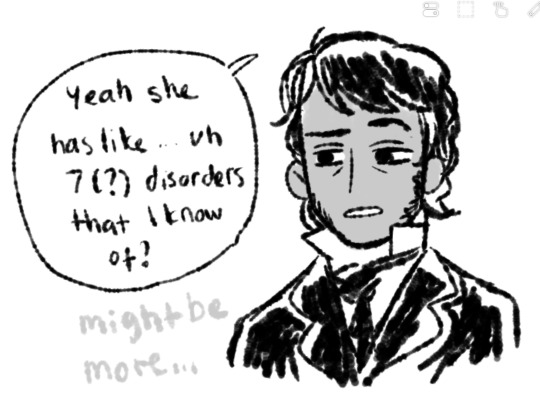
Erik ( Phantom of the Opera)

Thomas Sharpe ( Crimson Peak)

Dorian Gray
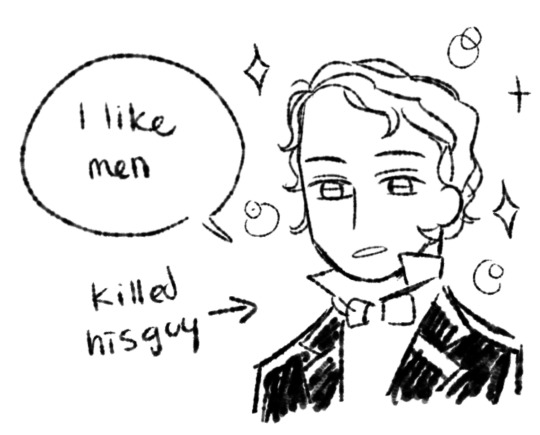
#jane eyre#edward rochester#mr rochester#charlotte bronte#classic litterature#jane eyre fanart#gothic fiction#gothic romance#jane eyre art#crimson peak#phantom of the opera musical#phantom of the opera#phanart#Dorian gray#the picture of dorian gray#heathcliff wuthering heights#wuthering heights#byronic hero
883 notes
·
View notes
Text
In a letter to W. S. Williams (14 August 1848), Charlotte Brontë compares Jane Eyre’s Rochester to the Byronic heroes of her sisters’ novels, Heathcliff from Emily’s Wuthering Heights and Huntingdon from Anne’s The Tenant of Wildfell Hall:
“You say Mr. Huntingdon reminds you of Mr. Rochester. Does he? Yet there is no likeness between the two; the foundation of each character is entirely different. Huntingdon is a specimen of the naturally selfish, sensual, superficial man, whose one merit of a joyous temperament only avails him while he is young and healthy, whose best days are his earliest, who never profits by experience, who is sure to grow worse the older he grows.
Mr. Rochester has a thoughtful nature and a very feeling heart; he is neither selfish nor self-indulgent; he is ill-educated, misguided; errs, when he does err, through rashness and inexperience: he lives for a time as too many other men live, but being radically better than most men, he does not like that degraded life, and is never happy in it. He is taught the severe lessons of experience and has sense to learn wisdom from them. Years improve him; the effervescence of youth foamed away, what is really good in him still remains. His nature is like wine of a good vintage, time cannot sour, but only mellows him. Such at least was the character I meant to portray.
Heathcliffe, again, of Wuthering Heights is quite another creation. He exemplifies the effects which a life of continued injustice and hard usage may produce on a naturally perverse, vindictive, and inexorable disposition. Carefully trained and kindly treated, the black gipsy-cub might possibly have been reared into a human being, but tyranny and ignorance made of him a mere demon. The worst of it is, some of his spirit seems breathed through the whole narrative in which he figures: it haunts every moor and glen, and beckons in every fir-tree of the Heights.”
Source: The Brontës Life and Letters (Clement King Shorter, 2013)
#defending her blorbo#charlotte brontë#the bronte sisters#anne brontë#emily brontë#wuthering heights#jane eyre#the tenant of wildfell hall#mr rochester#heathcliff#arthur huntingdon#letters#literature#english literature#character analysis#byronic hero
320 notes
·
View notes
Text
Be the mysterious, brooding, Byronic love interest you want to see in the world.
49 notes
·
View notes
Text
Keith was gorgeous in those days. When I think how he looked then, how beautiful he was — and pure. Long before I got to know him, I had a huge crush on him. For years. He was the epitome of my ideal of the tortured Byronic soul. It was quite clear even then that he was a genius. He isn't a bit shy now, but when I first met him he was agonizingly shy and painfully introverted. He didn't talk at all. I mean all that stuff that Mick did, like trying to make me sit on his lap, Keith would rather have died than do anything like that.
Marianne Faithfull, Faithfull: An Autobiography.
#keith richards#the rolling stones#marianne faithfull#Faithfull: An Autobiography#60s rock#60s icons#60#60s#classic rock#old rockstar#rockstar gf#rockstar girlfriend#mick jagger#lord byron#byronic hero#rockstar#60s aesthetic#quotes#book quotes
40 notes
·
View notes
Note
Is Heathcliff Byronic in your opinion?
I'm not a great fan of the term in all honesty. It tends to be slapped on all Gothic and Romantic heroes willy nilly and while it's a useful social and literary context, 90% of the time it becomes reductive. A Byronic character is ultimately a celebrity insert, which Heathcliff is absolutely not.
He does, however, have some character elements which are evolved from the basic Byronic hero model that the Brontës engaged with furiously in their juvenilia. Emily and Anne's juvenilia is largely lost, but we know that their world was relatively similar in shape (the geography and characters were nearly identical, but all the siblings had their own canon, which they fought to establish over each others') to Charlotte and Branwell's.
Angria, Charlotte and Branwell's principal play world, featured heavy politics and war in a world full of extreme Byronic figures. There were multiple different characters who were modelled on Byron, but they borrowed also from the Duke of Wellington and other heroes. Drinking, affairs, charismatic cruelty, brooding and cheerful destruction are all prominent traits of their favourites. Charlotte would eventually begin to bring romance into this world, which Branwell seemed to chafe against by reactively making the Byronic figures even worse.
Gondal must have contained these figures to some extent, but was more female focused. Stories of love predominated, as well as Romantic tales of imprisonment and isolation. Emily and Anne may have been whump girlies. The majority of this work is lost though so we don't have much idea of the extent to which they might have engaged with their siblings more political Byronic figures, but it's safe to assume that Emily read stories that contained Byronic heroes and was immersed in the culture producing them.
Heathcliff contains several obvious Byronic influences: his charisma through cruelty, his laughing wickedness, his broodiness, his drama BUT he is not a simplistic Byronic hero. His Byronic broodiness is not the product of the usual Romantic drama of affairs or deep and sudden tragedy. Byronic heroes tend to have suffered unlikely and shocking things— married to madwomen, dramatic and gothic illnesses, etc. What is striking about Heathcliff is the realism and natural progression of circumstances that produces him. Economic disadvantage and racial discrimination place him as the ultimate and obvious punching bag in a dysfunctional family where he suffers the effects of paternal distance, alcoholism and Cathy's struggle against misogynistic societal expectations. Not only is Heathcliff a natural product of his environment; the people around him are too. Part of Emily Brontë's genius in creating Heathcliff is that she grounds him competely without losing the drama of his more Byronic cousins.
I think he has Byronic element and his relationship with the Byronic archetype is interesting— but I still hesitate to call him or any sophisticatedly constructed character Byronic. (Even Rochester!)
53 notes
·
View notes
Text


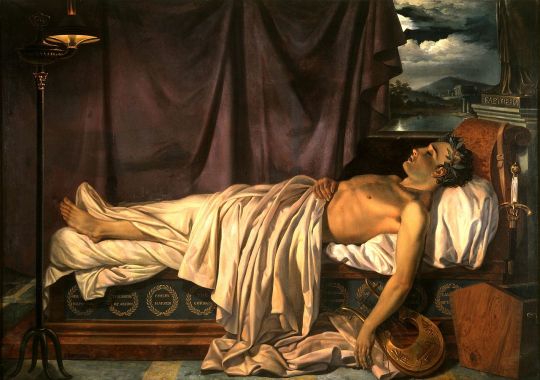
Today, 199 years ago, died in Missolonghi (Greece) the poet George Gordon “Lord” Byron after days struggling with a strong fever.
Here's my favourite lines from his work 'Childe Harold's Pilgrimage':
“There is a pleasure in the pathless woods,
There is a rapture on the lonely shore,
There is society where none intrudes,
By the deep Sea, and music in its roar:
I love not Man the less, but Nature more”
#lord byron#george gordon byron#byronic hero#byronmania#romanticism#romantic age#romantic poets#dark academia#english poetry#english literature#books#romantic era#geneva squad#art#painting
71 notes
·
View notes